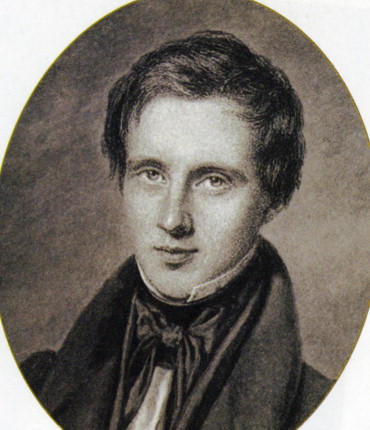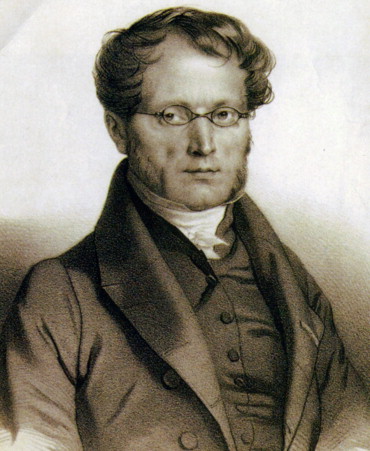Henry Bowditch, an American medical student in Paris in the 1830s, learned about the use of the new stethoscope and wrote a book about it for future students.
In his newest book, The Greater Journey: Americans in Paris , David McCullough focuses on the 19th century and devotes a chapter to “the medicals.” The latter included Oliver Wendell Holmes, James Jackson, Jr., Mason Warren, George Shattuck, and 1 of my favorites, Henry Bowditch ( Figure 1 ) .

Why did these young medical students brave an arduous 4- to 6-week trip by sailing ship, across the often tumultuous Atlantic Ocean, to Paris? What was the medical environment like there? Whom did they study under? What did they learn?
The Paris Medical Scene
Paris had a population of more than 800,000 in the 1830s, contrasted with Chicago, for example, with fewer than 4,000 residents.
The medical school, École de Médecine, was relatively new, dating back to 1776. It had a teaching faculty of 26 and a student body of nearly 5,000 (twice that of all United States medical schools combined). It featured an amphitheater large enough to accommodate 1,000 students and a vast library with more than 30,000 volumes.
In addition to the volume of patients, faculty members, and medical books, medicine in Paris also offered 2 things rather unique to American students: (1) the ability to examine women and (2) the plethora of cadavers, which cost as little as $2.50.
The 3 main hospitals, all within walking distance of one another, were the Hôtel Dieu, the Hôpital de la Pitiϑ, and the Hôpital de la Charitϑ. The Hôtel Dieu was the largest hospital, with 1,400 beds and 15,000 patients per year. It was founded in 1602 and was known for its surgery. The chief surgeon was Guillaume Dupuytren, a former battlefield surgeon of Napoleon’s and remembered today for the thickened palmar tendons he first described.
On the other side of the Seine was the Hôpital de la Pitiϑ, near the Jardin de Plantes, with 800 beds and a special place to learn about diseases of the chest and the new technique of auscultation using a stethoscope.
The Hôpital de la Charitϑ, also on the left bank, had 400 or so beds.
Ward rounds at Hôtel Dieu began before dawn at 6 am , aided by candles. From 200 to 300 students vied for position as close to the bedside as possible. They were enthralled by chief surgeon Dupuytren, who (according to Bowditch) was like a “lesser kind of deity.” He operated on gallstones, cataracts, rectal problems, and so on, without the benefit of anesthesia or the habit of hand washing. A full-time keeper of leeches aided in bloodletting.
Dupuytren was said to frequent gambling halls at night, and his mood could be vile if he didn’t fare well. He was observed to abuse his patients, physically or verbally, if they failed to follow his orders. When patients complained of disorders of the head, Dupuytren would “seize them by their noses and pull them down to their knees.”
Bowditch was more attracted to Pierre Louis ( Figure 2 ) , said to be the best man in Paris with the new stethoscope (then only 14 years since it was devised by Rene Laennéc).

Louis was in his 40s, tall, soft spoken, the brother-in-law of Victor Hugo. He had spent 7 years of general practice in Russia. Unlike Dupuytren, he was anything but a showman and, in fact, seemed ill at ease and rather dry. What the students found so attractive was his insistence on a meticulous review of evidence and facts and his detailed history taking.
So inspired was Bowditch by Louis that he decided to focus his early career also on diseases of the chest, and diagnosis via inspection, palpation, percussion, and use of the stethoscope.
Stay updated, free articles. Join our Telegram channel

Full access? Get Clinical Tree


